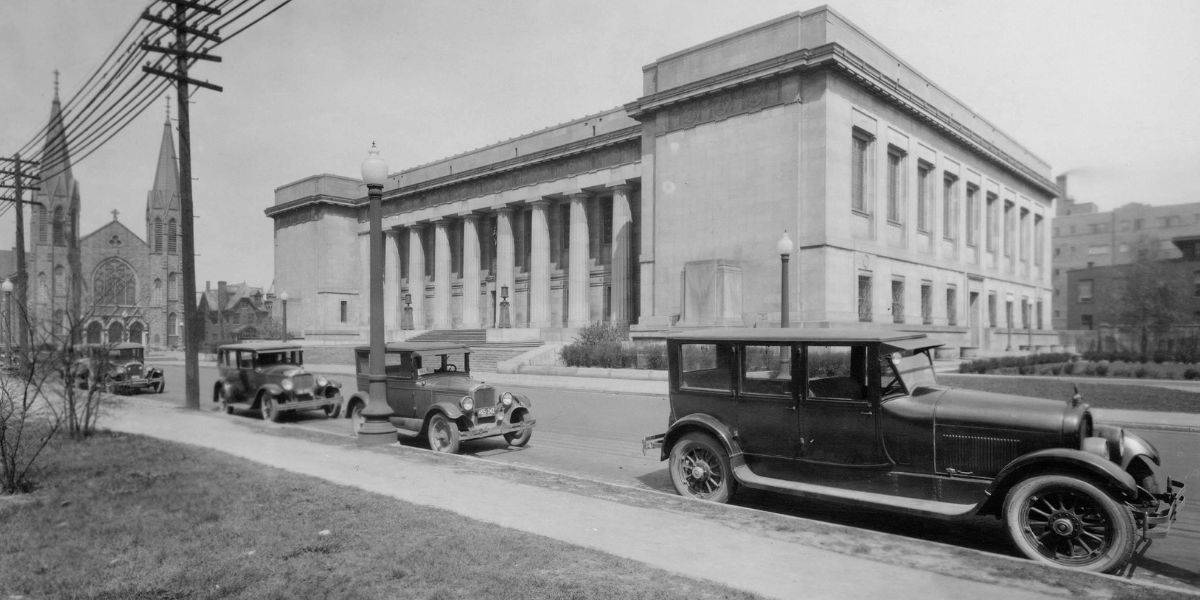Through 150 years of service The Indianapolis Public Library has continued to grow and evolve because of the dedication, patronage, and devotion of its communities.
The Beginning
In 1870 Abram Shortridge, superintendent of Indianapolis Public Schools, called together a group of leading citizens to draft legislation that would establish a Board of School Commissioners to govern the public schools and a public library. The Indiana General Assembly adopted that legislation in 1871. The Indianapolis Public Library opened its doors for the first time in April of 1873 at the Indianapolis High School. For the next twenty years The Library would have five Head Librarians and three different locations. In 1893 a City Library building was finally built to be its home.
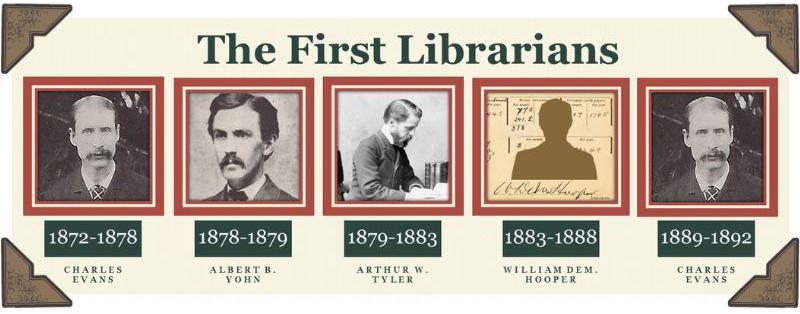
Establishing Service
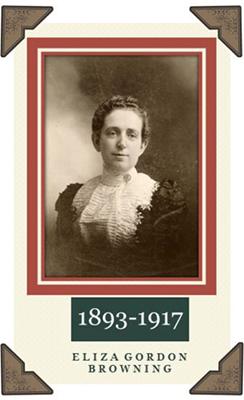
Head Librarian, Eliza Gordon Browning, led many significant changes during her time as Librarian. The most significant change being the opening of branch libraries. The first five branch libraries were established between 1896 and 1897. Because The Library was governed by the School Board, one of the primary responsibilities of The Library was to provide library services to the schools. During the 1890s Browning established small collections at each school. At City Library she saw the children’s collections separated into their own spaces, story hours established, and a section for school reference created. In 1907 she opened the stacks and card catalog to the public. By 1909 she had forged a connection with Andrew Carnegie which resulted in five new “Carnegie Library” branch buildings.
By the early 1900s The Library outgrew the City Library. The Board began making plans for a new Central Library by purchasing land. In 1911, after a land donation from James Whitcomb Riley, the plans for a Central Library were set into motion. Architect, Paul Cret, penciled designs for the new library from the trenches in France in 1914 during WWI. The new building opened in 1917 with a new Librarian, Charles Rush.
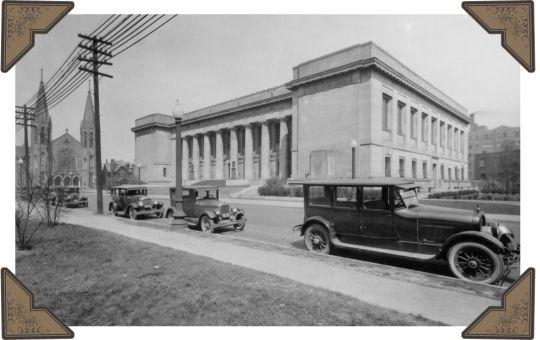
Finding Purpose
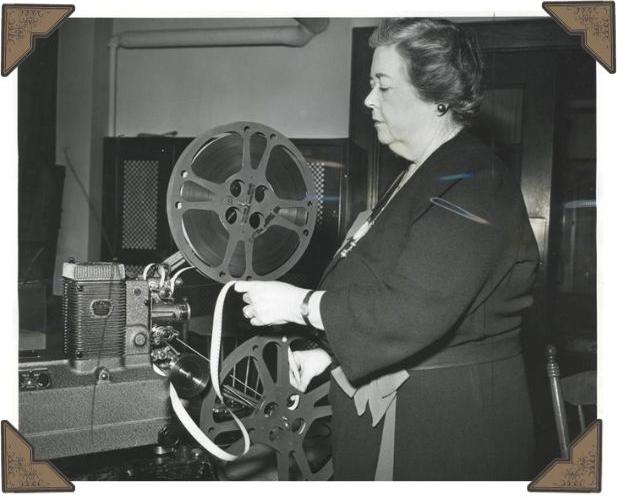
The Library underwent several fundamental changes in the 1920s including reorganization into departments, conversion to the Dewey Decimal System, and a promotional push to increase the use of The Library and its services. Cerene Ohr, Supervisor of Branches, made it a goal to have the circulation of adult materials be at least equal to that of children’s materials, strengthening The Library’s identity as more than just an extension of the Schools. In 1928 the new Librarian, Luther Dickerson, made his own mark on The Library and its services by promoting The library as an agent of social services and as more than just books. These attitudes led The Library to circulate more variety of materials, increase programming, and pursue efforts to establish The Library as part of the life of the community.
Growing Pains
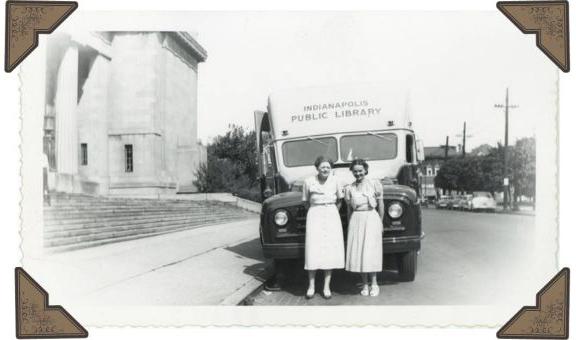
In a post-war era, large population growth and expansion of the city created pressure to extend services that The Library could not staff. By 1945, when Marion McFadden became Library Director, The Library was ranked second in per capita circulation among cities of populations exceeding 200,000. To extend services The Library began Bookmobile services in 1952. In McFadden’s final report to the Board she emphasized that “for The library to truly serve its changing communities it will need to separate from the IPS School System”. This belief was grasped and forwarded by Harold Sander when he began his administration in 1957.
Building a New Identity

The rapid growth and annexation of Indianapolis in the 1960s was reflected in the growth and extension of The Library. The 1960s saw eight new branches established – more than any decade before or since. A Marion County Public Library (MCPL) was established in 1966 and the MCPL Board contracted with The Library to provide library services to county residents. In 1968 the Library officially separated from IPS and merged with the county library to form The Indianapolis-Marion County Public Library (IMCPL). At that time the responsibility of providing library services in schools fell to each individual school.
After separating from IPS, The Library continued to provide some services to both public and private schools, but the separation significantly impacted how and what The Library could offer. It wasn’t until the mid-1990s and the creation of the Shared System that a working relationship between The Library and Indianapolis schools allowed The Library to formally meet the library needs of schools. In 1972 Raymond Gnat was appointed Director and at his direction The Library increased operating hours across the system by 135.5 per week, with 112.5 of those at the branches. During Gnat’s administration, from 1972 through 1990, system-wide circulation doubled.
Technology Leads the Way
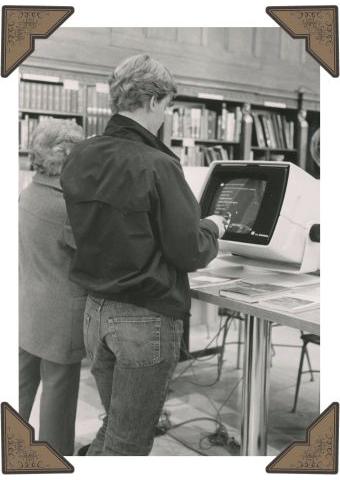
In the 1980s and 1990s The Library and its services underwent a major evolution in large part due to new technologies and formats. Card catalogs were removed and replaced in the early 1980s by Online Public Access Catalog terminals. In 1996 The Library implemented a public internet access plan by installing public internet computers at each library location, which for the first time also allowed the public to access online databases. Changes to collection practices led to the increased circulation of DVDs and when combined with increased public internet usage libraries began to include more space for computers and entertainment media. The early 2000s kicked off a digital era for The Library which began to provide more digital resources starting with online archives, and downloadable audiobooks and ebooks.
A New Name for a New Era
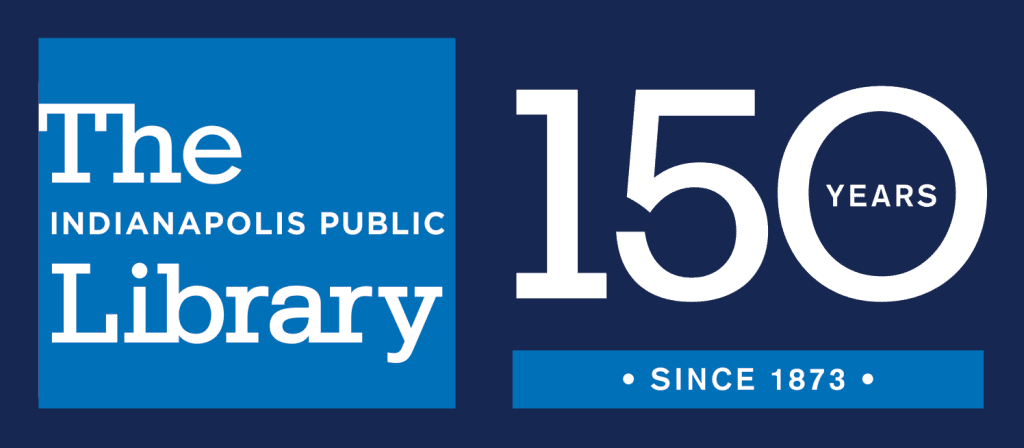
The 2010s brought another significant change to the identity of The Indianapolis-Marion County Public Library (IMCPL) when it was rebranded as The Indianapolis Public Library (IndyPL). Use of downloadable resources continued to rise and The Library began offering additional downloadable materials such as music, magazines, and video streaming services. With the addition of the Center for Black Literature and Culture, the Chris Gonzalez LGBTQ Collection, world language collections, and other specialized collections The Library continues to provide collections reflective of our diverse communities. In 2020 The Library continued to provide needed services through the COVID-19 pandemic with online access to digital materials and virtual programming. Since 2020 The Library has opened two new branches and has joined hundreds of other libraries across the country by no longer charging late fines.
Thank you, Indianapolis, for your love and support of The Library.
Learn more!
For more history about The Indianapolis Public Library check out these resources:
- Interested in the History of Indianapolis Public Library Branches? Use this Topic Guide and Book List “History of the Indianapolis Public Library”.
- Interested in our Library System at large? Explore the Indianapolis Public Library Digital Archive on Digital Indy and the Indianapolis Public Schools Digital Archive on Digital Indy.
- Checkout The Library’s article and timeline in the Encyclopedia of Indianapolis.
- See, in-person. the collection in the Indianapolis Special Collections Room at Central Library.
Made possible by Friends of the Library through gifts to The Indianapolis Public Library Foundation.
